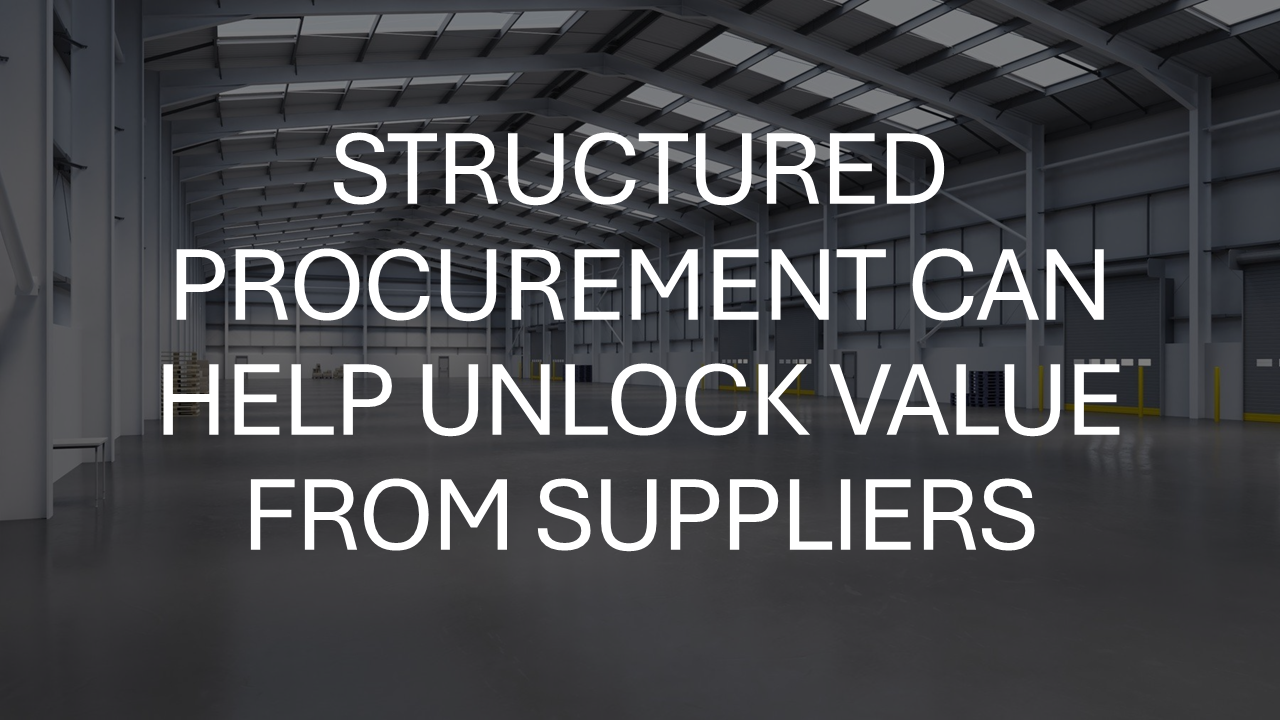In the high-stakes world of Controlled Environment Agriculture (CEA), including cannabis cultivation, decisions around capital equipment and infrastructure can make or break long-term profitability. Owners and investors are increasingly recognizing the value of structured, transparent procurement processes. At the center of this shift is the Request for Proposal (RFP)—a tool that, when properly implemented, aligns the interests of all stakeholders: facility owners, financial backers, and vendors.
Yet the industry often misuses or underutilizes this critical tool. RFPs are too often guided by relationships, commissions, or brand familiarity instead of objective performance, capability, and value. That needs to change—and it starts with a clearer understanding of how to use RFPs to create alignment, reduce risk, and build better facilities.
Why RFPs Matter in CEA
CEA facility design is complex. Whether you’re building a sealed indoor grow, a hybrid greenhouse, or something in between, your success hinges on tightly integrated systems: HVACD, lighting, fertigation, automation, and environmental controls. Each system must be optimized for specific crops and operational goals. A well-structured RFP allows you to:
- Compare vendors objectively across price, performance, and compatibility.
- Align vendor capabilities with crop-specific needs, such as lighting spectra for flowering cannabis vs leafy greens.
- Ensure transparency for stakeholders like investors and board members.
- Establish accountability in pricing, performance specs, and delivery timelines.
But here’s the catch: an RFP is only as effective as the expertise behind it.
The Pitfall: Biased Recommendations in the Marketplace
Too many procurement decisions today are still driven by back-channel referral fees and “preferred vendor” arrangements. Consultants—some of whom position themselves as product-agnostic—are often incentivized by vendor commissions or long-standing relationships. That’s not procurement; that’s sales.
This creates a hidden conflict of interest. Recommendations are made based on who pays the consultant, not on the technical suitability of the product or vendor for the project’s unique requirements.
The result? Suboptimal system performance, inflated costs, and long-term operational inefficiencies.
For a real-world example, consider lighting: one vendor may offer great efficacy for leafy greens but lacks the spectrum stability needed for cannabis flowering. A capability-agnostic RFP process ensures both products are evaluated fairly based on performance criteria, not marketing dollars.
What an Effective RFP Process Looks Like
To truly unlock the value of RFPs, you need a structured process driven by technical expertise and project-specific criteria. Here’s what that process includes:
Needs Assessment
Define your goals: crop types, environmental constraints, energy budget, automation levels.
Identify regulatory or compliance considerations.
Specification Development
Translate your goals into technical performance specifications.
Collaborate with experienced engineers who understand not only the products but the environments in which they must perform—whether high-altitude sealed indoor facilities or dynamic greenhouse environments.
Capability-Agnostic Vendor Evaluation
Use a side-by-side, qualitative and quantitative comparison.
Ensure no bias toward vendors offering commissions or discounts to the project team.
Evaluate compatibility across systems (e.g., how HVAC and lighting interact in a closed-loop grow room).
Transparent Scoring and Selection
Involve stakeholders in the decision-making process using weighted scoring for cost, performance, delivery timeline, support, and integration risk.
Why Deep Technical Expertise is Non-Negotiable
The CEA industry is moving too fast—and capital is too precious—for decisions to be based on glossy brochures or friendly relationships. Your RFP process should be managed or reviewed by professionals who have:
Hands-on experience in facility design, ownership, and operations.
Technical familiarity with HVACD systems, lighting designs, fertigation setups, and automation software.
Cross-environmental knowledge, from sealed indoor environments to passively vented greenhouses.
This kind of expertise ensures your RFP asks the right questions, sets the right benchmarks, and selects the right partners.
If your consultant or procurement lead can’t explain the impact of VPD setpoints on your HVAC loads—or doesn’t know the difference between PPFD and DLI—you’re not getting value from your RFP process.
How Vendors Benefit from a Strong RFP Process
This isn’t just about protecting owners. Vendors also benefit when RFPs are transparent, consistent, and technically structured:
Fewer surprises: Vendors can quote accurately when specs are clearly defined.
Better alignment: Projects that specify capabilities upfront are more likely to succeed.
Level playing field: Vendors are judged on what matters—performance, support, and fit—not backroom deals.
That’s why many leading vendors are increasingly embracing RFPs as a way to differentiate based on what they deliver, not who they know.
Final Thoughts: Aligning Stakeholders Through Better Procurement
CEA facilities are multimillion-dollar investments. Investors want accountability. Owners want high-performance systems. Vendors want clarity and fairness.
The right RFP process can deliver all three—if it’s managed with the right expertise, free from hidden incentives, and built on a foundation of technical and operational understanding.
If your procurement process is still being driven by “consultants” who only quote from vendors they earn referral fees from, you’re not getting a real RFP. You’re getting a sales pitch dressed as professional advice.
Choose partners who are product-capability agnostic, who understand the nuances of your crops and climate, and who have stood in your shoes as owners and operators. That’s where long-term value begins.
Additional Resources
To dive deeper into procurement best practices, consider these third-party resources:
World Bank: Best Practices in Public Procurement
(Although focused on public sector, many principles—such as transparency, competition, and fairness—apply directly to CEA.)
Harvard Business Review: A More Strategic Approach to Procurement
(Outlines how procurement can be a strategic differentiator, not just a cost center.)
Need help navigating your next procurement cycle?
Make sure your partners are working for you—not the vendors. An effective RFP process isn’t just a document. It’s a strategy for operational excellence.

